In First Person: Satya Nadella
Satya Nadella, Chief Executive Officer of Microsoft, speaks about the importance of purpose and Microsoft's transformation.
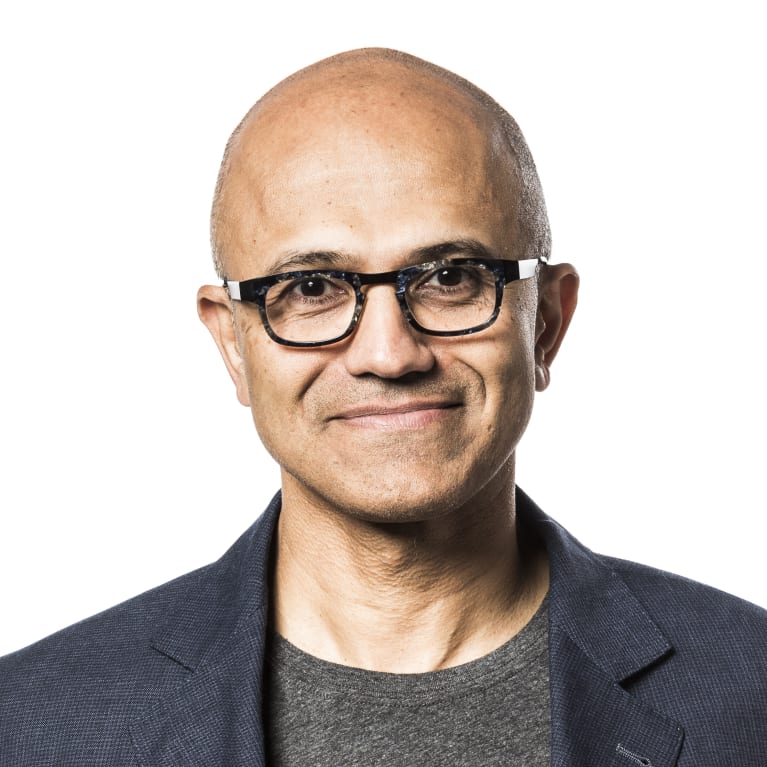 Satya Nadella is Chief Executive Officer of Microsoft. Before being named CEO in February 2014, Nadella held leadership roles in both enterprise and consumer businesses across the company. Nadella spoke with guest editor of People + Strategy Joe Whittinghill about organizational culture and digital transformation.
Satya Nadella is Chief Executive Officer of Microsoft. Before being named CEO in February 2014, Nadella held leadership roles in both enterprise and consumer businesses across the company. Nadella spoke with guest editor of People + Strategy Joe Whittinghill about organizational culture and digital transformation.
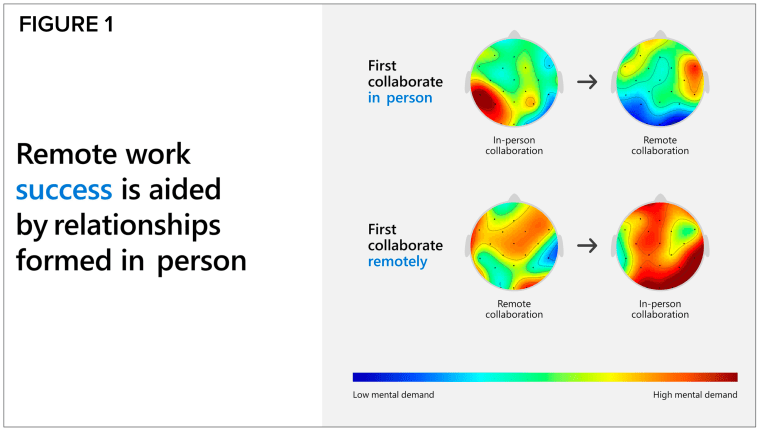
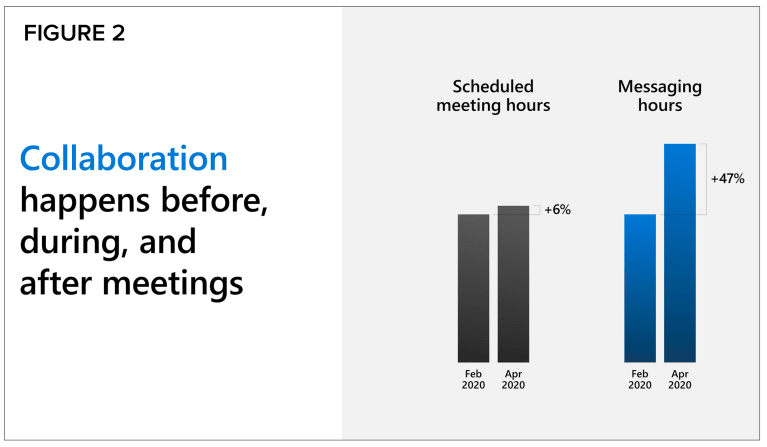
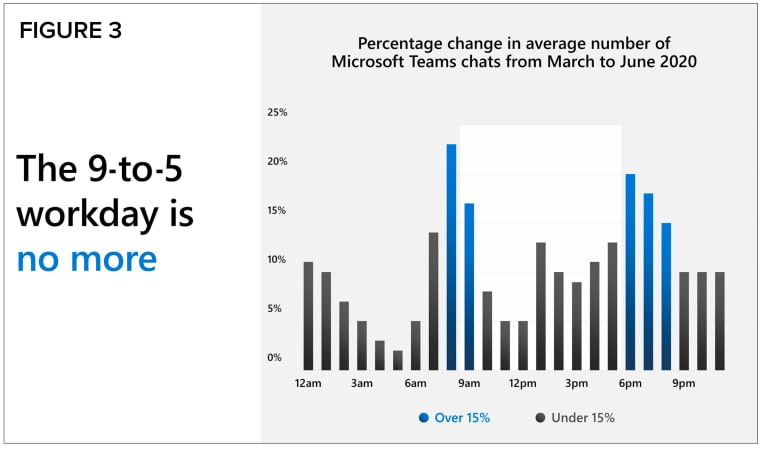
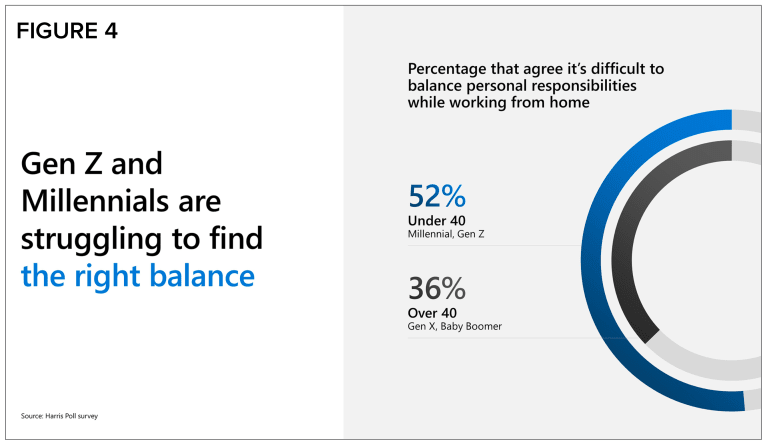
P+S: Where did you feel you had to make dramatic change when you became CEO (i.e., upend the status quo versus allowing change to occur over time)?
The other side of it is culture. At Microsoft, we had achieved great success in the ‘90s, and we developed some hubris. The reality is that we needed to continuously learn and be curious about our customers and the outside world. I was inspired by Stanford professor Carol Dweck’s book, Mindset: The New Psychology of Success. It starts with a belief that everyone can grow and develop; that potential is nurtured, not predetermined; and that anyone can change their mindset.
Success at Microsoft Grows Out of Organizational Culture
 Satya Nadella is Chief Executive Officer of Microsoft. Before being named CEO in February 2014, Nadella held leadership roles in both enterprise and consumer businesses across the company. Nadella spoke with guest editor of People + Strategy Joe Whittinghill about organizational culture and digital transformation.
Satya Nadella is Chief Executive Officer of Microsoft. Before being named CEO in February 2014, Nadella held leadership roles in both enterprise and consumer businesses across the company. Nadella spoke with guest editor of People + Strategy Joe Whittinghill about organizational culture and digital transformation.
P+S: The pandemic has obviously impacted every aspect of work and life. How are you managing it personally, specifically in terms of your work style?
Nadella: First, I want to acknowledge that it’s a privilege to work in the tech industry—and to be able to work from home. I’m grateful to all those who work in essential roles, especially those on the frontlines of this crisis, who are enabling so many others of us to stay home and work remotely.
Nonetheless, there’s no doubt that the workflow of all our jobs has changed dramatically over the past six months. I myself started out sharing a home office with my two teenage daughters and juggling between their remote learning schedules and my Teams meetings. One of the things I’ve come to realize is that, in a time like this, there’s a lot of stress. If you think about all the different contexts—whether it’s working from home, children at home doing remote learning, parents in different places—all of us are living through a time where there is a lot of anxiety. There is no playbook for this and having deep empathy and understanding for each other’s situations is needed now more than ever.
There are two impacts I’ve noticed personally that I’ve been thinking about. The first is flexibility. Clearly, there are going to be some structural changes to how we work going forward, depending on the type of role, the function, the importance of place. Instead of becoming very dogmatic about some new paradigm, the key is to enable flexibility. That in turn helps build resilience for individuals, teams and entire organizations.
The second is how do we maintain the social capital that comes from being together in the workplace? While we are building some new forms of social capital, we’re also burning some of the social capital we’ve built over time, and we will need to replenish that. It’s one of the reasons I’m so enthusiastic about experiences like Together mode in Teams, which makes you feel like you’re sitting in the same room as your colleagues. I’ve been using it during our senior leadership team meetings each week, and it makes me feel like I’m in a shared space with my colleagues, allowing me to pick up on nonverbal cues. That’s something you would never be able to do with the standard grid view.
P+S: What’s next in terms of the pandemic and how you see this changing organizational culture, as well as transformation?
Nadella: Stepping back, the pandemic has accelerated long-term secular trends we have talked about at Microsoft for a long time, from cloud adoption and data and AI to multisense, multidevice collaboration. These secular trends are fundamentally reshaping every industry, across both the public and private sectors. Just take the surge in telehealth, as an example. More than half of primary care visits at some major health care systems are now being conducted virtually, and providers are increasingly relying on new capabilities, like AI-assisted bots, to ensure patients get the information they need, whenever and wherever they need it. Or take e-commerce, which has been pulled forward multiple years, as offline retailers embrace new models, like contactless shopping and curbside pickup.
Although the pandemic has taught us that no business is 100 percent resilient, what’s clear as we navigate the response, recovery and reimagine phases of this crisis is that those fortified by digital technology are more resilient and more capable of transforming when faced with secular structural changes like those we are experiencing. I believe businesses that build their own digital capability will recover faster and emerge from this crisis stronger. Having the right organizational culture is foundational to this.
At Microsoft, we call this tech intensity. Working with Harvard Business School and Keystone, we recently developed a framework to gather an in-depth understanding of how companies across industry sectors use technology to drive innovation and transformation. What we learned is that to drive real, sustainable value and growth, companies need to equip their people with the tools to build their own digital capability. This means they need to break up traditional organizational silos to expose technology, data and business process workflow in modular platforms, enabling any employee to respond to new opportunity with agility.
I’ve been inspired by the ingenuity and creativity of organizations around the world already doing just that using our tools and platforms. To share one example, at Sterling Bank in Nigeria, Foyin Olajide-Bello, an employee without any software development experience, was able to identify a problem in her business and take action using our Power Platform. She has gone on to inspire and teach others to do the same, growing their own career opportunities. It was only possible because Sterling Bank had a culture that enabled this.
P+S: How do you see us maintaining organizational culture and productivity when we’re working remotely?
Nadella: It’s important to understand what has been lost and what has been gained through this crisis, specifically the balance between optimal organizational productivity and employee well-being. The past six months have served as the largest at-scale experiment the world has ever seen for remote work. We’ve been studying this closely at Microsoft to understand the changing nature of work and productivity, informing how we build our own products. Going forward, we are thinking about productivity in an organization as being defined by the combination of three things: collaboration, learning and well-being.
First, we believe every organization will need a system of collaboration to support how work gets done. We’ve learned that remote work success is aided by social capital acquired when working in person. Using EEG monitoring, our teams measured brain activity and showed that cognitive load is much higher when you first collaborate remotely instead of in person (see Figure 1). It seems as though social capital created when working in person transfers to a remote setting, but the opposite is not true.

We’ve also learned that that although meetings are important, they take place in the context of broader collaboration and workflow. Meetings aren’t the only place where work happens. For example, hours spent messaging in Microsoft Teams grew 47 percent between February and April, compared with just a 6 percent increase in scheduled meetings (see Figure 2). This suggests you need a comprehensive collaboration approach to support the entire workflow of the organization, both for meetings and for ad hoc communication.

It’s one reason we’ve designed Teams for more than just meetings. With Teams, we are focused not only on what happens during a meeting but the entire workflow around a meeting—before, during and after. It’s the only solution with meetings, calls, chat, content collaboration with Office and business process workflows—in a secure, integrated user experience.
Second, we’ve learned that every organization will need a system of learning for their employees. Acquiring new skills doesn’t stop when someone gets a job. Just as every company today has a system of engagement with customer relationship management (CRM), or a system of record with enterprise resource planning (ERP), they will require a system of learning—a continuous feedback loop between the work, skills and learning required to succeed at the task at hand. This is particularly important as we see massive shifts in not only how we work but what we work on.
We’ve witnessed this ourselves firsthand at Microsoft. For instance, when we closed our retail stores in March to prioritize employee and shopper safety, we shifted our associates to work remotely and provided extensive training to help them gain new skills. They subsequently were able to virtually train hundreds of thousands of our enterprise and education customers on remote work and learning and help customers with support calls. We’re now taking the same talent and using it to create a new team, tasked with providing sales, training and support digitally.
We’ve also seen incredible use cases for mixed reality, with people using our tools like HoloLens, along with our mixed-reality apps, to learn new skills. As an example, firstline workers at a Paccar factory in Chillicothe, Ohio, are piloting our mixed-reality apps to quickly learn the intricate sequence of tasks required to assemble a truck cab. Mixed reality can guide workers through each step and eliminate any learning curve.
This need to rapidly learn new skills is one reason we’re now incorporating learning directly into Teams. A new Teams app we’re building will help organizations skill and upskill employees, surfacing learning content in the flow of their work.
Finally, I believe organizations will need a system of well-being to support the health of employees as they adapt to new work norms. The 9-to-5 workday, for example, is no more (see Figure 3). Teams chats between 8 and 9 a.m. and 6 and 8 p.m. are up more than any other time during the day, suggesting that supporting flexibility in work time and work styles is key.

We’re also seeing differences in how different groups are adjusting to remote work (see Figure 4). For instance, 52 percent of those under 40 say they’re struggling to balance responsibilities working from home, compared with 36 percent over 40. Millennials and Gen Z now account for the majority of workers, so we will need to equip managers to anticipate and support their needs.

Finally, we’ve learned that there’s absolutely no question that video meeting fatigue is real. I’ve certainly felt it, as I’m sure you have too. Video meetings force our brain to concentrate more and to carry a higher cognitive load.
We are applying these learnings to reimagine every aspect of the productivity experience, introducing new capabilities to prioritize employee well-being. An example is Together mode, which I mentioned previously, that uses AI to digitally place participants in a shared background. The view makes it feel like you’re sitting in the same room, reducing background distractions and making conversations more natural. Our research shows that the brain exerts less effort when participating in a meeting using Together mode compared with the standard grid view. We’ve seen nonwork use cases as well. For instance, the NBA is using Together mode so fans can feel like they’re together from the safety of their homes and players experience the energy of cheering fans in the arena.
Nadella: Having grown up for the better part of my professional career at Microsoft and after succeeding Bill [Gates] and then Steve [Ballmer], there were two things I felt needed to be made explicit out of the gate: mission and culture. We asked ourselves, “what would be lost if Microsoft just disappeared?” We had to answer for ourselves, “what is the company about? Why do we exist?” We went back to our origin story as a company. The very first product Bill and Paul [Allen] created was a tool for others to create software. It was to empower people. And that was what motivated us. We refined our mission accordingly: “to empower every person and every organization on the planet to achieve more” and have galvanized around it.
We adopted a mentality of moving from “know-it-alls” to “learn-it-alls,” centered on exercising a growth mindset each day in three ways. First, we need to obsess about our customers—listening and then innovating to meet their unmet and unarticulated needs. Second, we are at our best when we actively seek diversity and inclusion. If we are going to serve the planet, we need to reflect the planet. Finally, we need to operate as one company, One Microsoft—not a confederation of fiefdoms—to deliver the best solutions for customers. Innovation and competition don’t respect our organizational silos. When we exercise a growth mindset by being customer-obsessed, diverse and inclusive, and act as One Microsoft, that’s when we can truly make a difference in the world.
We are on a journey to close the gap between this espoused culture and the lived experience for every employee at Microsoft.
P+S: How did you know that a cultural transformation was as critical to Microsoft’s success as its technology and business strategy?
Nadella: I like to think that the “C” in CEO stands for culture, and it defines the success of every organization. Our culture is at the root of every decision we make at Microsoft, and creating this culture is my chief job as CEO. And it’s not just us. When I look at other companies I view as being among those most likely to be the winners in the future, culture is key. It’s not enough to have a hit product. You must have continuous capability to execute on the next hit product. And that ultimately comes down to culture, having the culture to sustain and foster this capability so you can see around the corners for the next big breakthrough.


